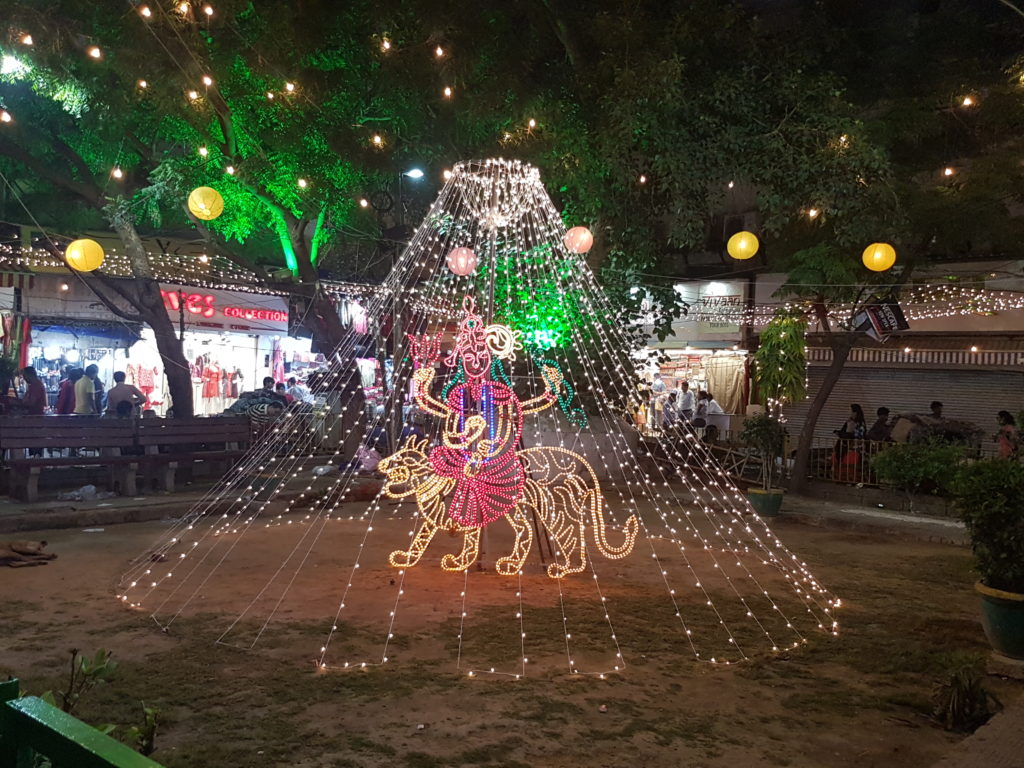TAITTIRIYA UPANISHAD – 49. Rishi Yajnavalkya.
================================================================
Tuesday 13, Feb 2024. 06:45.
Taittiriya Upanishad
Part-2.
BRAHMANANDA VALLI
PART 2: 9 No. Anuvakas (Chapters)
THE BLISS THAT IS BRAHMAN
Post - 49.
================================================================
UPANISHAD SARA SANGRAH
Anuvaka 2.1
The Essence of the Upanishads :
================================================================
Mantram - 2.1.1:
The Summary Statement of Brahmananda Valli
"Om brahmavit aapnoti param; Tat eshaa abhyuktaa:"
==============================================================
Translation:
1
Om brahmavit aapnoti param; = Om. The knower of Brahman attains the Supreme.
2
Tat eshaa abhyuktaa: = To explain this, there is the following quotation:
================================================================
Commentary:
This serves as a summary statement of the entire Brahmananda Valli of Taittireeya
Upanishad. Three questions are raised in this opening statement:
Question 1
: What is the true nature of Brahman? The explanation must state the
totally free intrinsic nature of Brahman. This is answered in line 3 of the next mantram.
Question 2
: How do we realize that Brahman? The answer given in 4 specifically
clarifies that this Brahman is realizable as non-different from one’s own indwelling Self.
Question 3
: What is the nature of such a realization of Brahman? What does it
mean to us to attain Brahman? The answer is given in 5. It shows that it means realizing our
identity with the Self of all beings. Brahman is shown to transcend all worldly attributes.
============================================================
1
For now, we give only the Padartha
or etymological derivation of the words:
1. Brahma – brihattamattwa = “being the greatest”; 2. Vit – vetti = “to know”, knows; 3.
Aapnoti – root ‘Aap’ = “to attain”; 4. Param – “the Highest” in an absolute sense.
Elsewhere the Shrutis say: “Anyone who knows Brahman becomes Brahman.” (Mun
Up III-2.9) The “Highest” has to be Brahman. By knowing A (Brahman), one can attain only A,
not B or C. Thus there can be no doubt that the ‘Highest’ refers only to ‘Brahman’.
2
This line has only a functional importance. It bridges our mind to the quoted verse
that follows, viz. 3-5,
in which the three questions are answered respectively.
A prose passage is classified under Brahmanas, and poetry is classified under Rig
Mantras. Line 1 is in prose, and therefore classified under the “Brahmana portion”; lines 3-5
are poetry, and therefore classified as “Rig Mantras”.
The Bhashya here introduces a small technical point which is explained in OBJ :
*****
Next
Objection 1: How Can “Limited” Attain Another “Limited” ?
Continued
===============================================================


.png)




.jpg)

Comments
Post a Comment